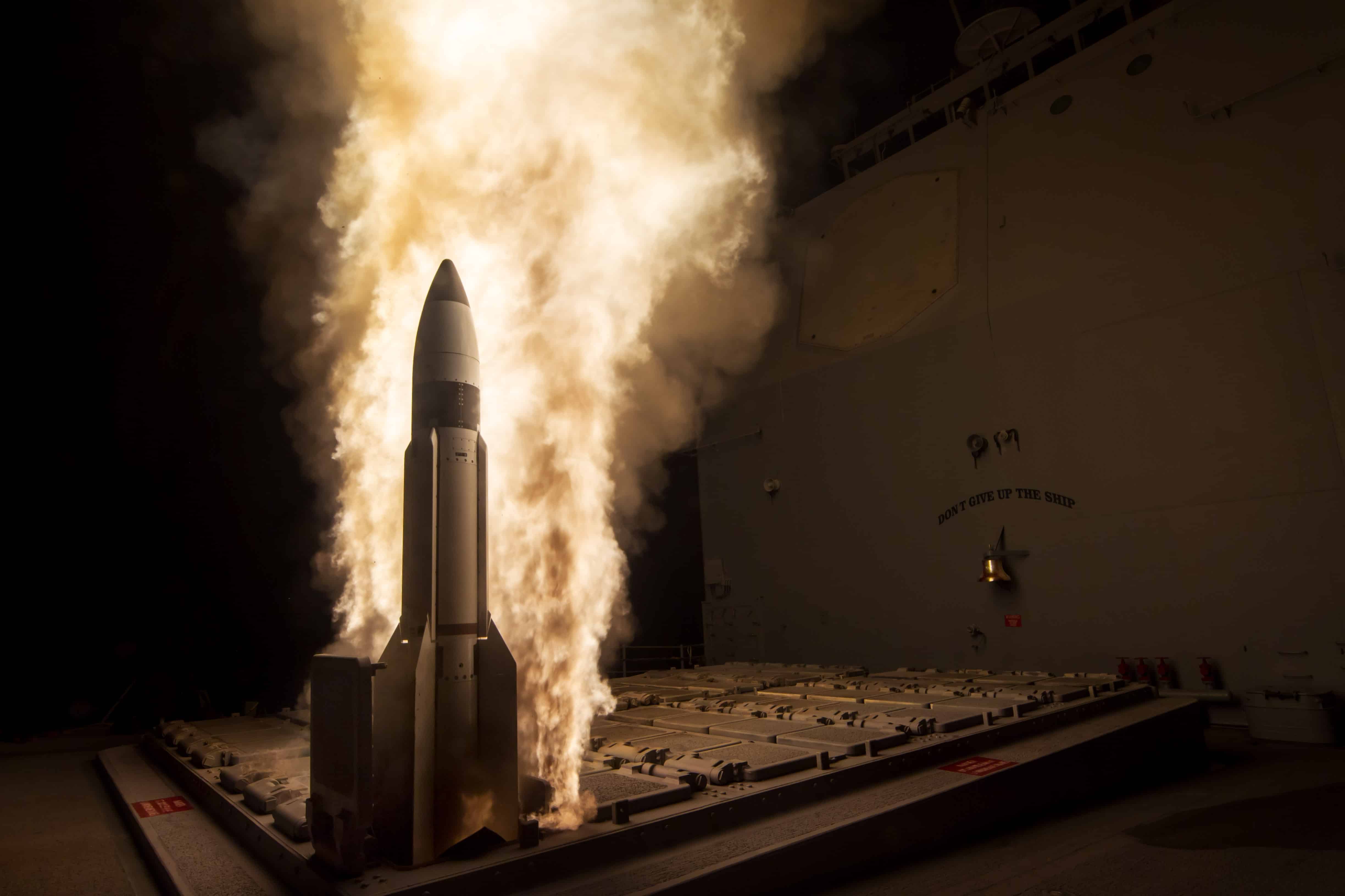For the first time in combat, U.S. Navy destroyers successfully deployed SM-3 ballistic missile interceptors. The USS Arleigh Burke (DDG-51) and USS Carney (DDG-64), both equipped with the Aegis combat system, engaged Iranian ballistic missiles aiming at Israel. This defensive action followed an Iranian offensive.
Defense officials reported that between four and seven SM-3 missiles were fired by the two destroyers. These interceptors are part of the Aegis system, which utilizes the SPY-1D radar to detect and track missile threats, enabling the SM-3 to destroy its target outside the Earth’s atmosphere at the peak of its trajectory. This operation marks the first combat use of the SM-3s since their deployment in 2004 as a key component of the U.S. ballistic missile defense strategy.
Exoatmospheric intercepts of Iranian missiles over Israel. pic.twitter.com/7mRMCNmkEE
— FUNKER530 (@FunkerActual) April 14, 2024
Both USS Arleigh Burke and USS Carney were previously stationed in Rota, Spain, as part of the European Phased Adaptive Approach (EPAA) initiated during the Obama administration to protect Europe against potential Iranian missile threats. The deployment is part of a broader U.S. strategy to position missile defense assets in critical global regions, including near Japan and South Korea, to deter missile threats from North Korea as well.
Expanded Coverage:






